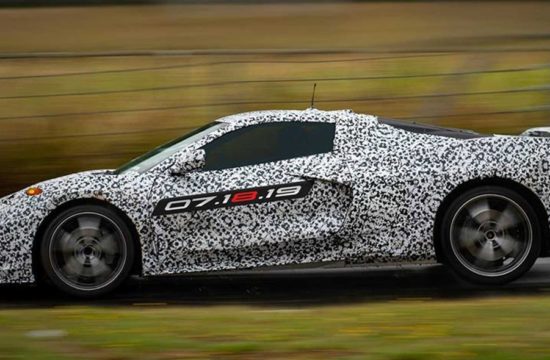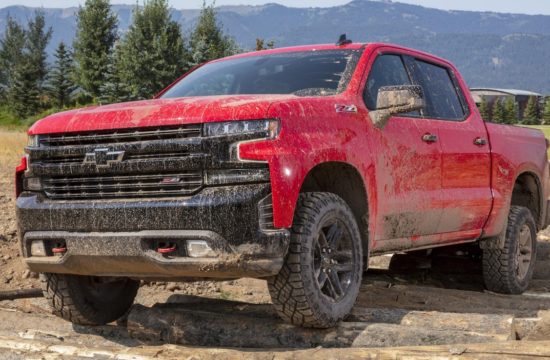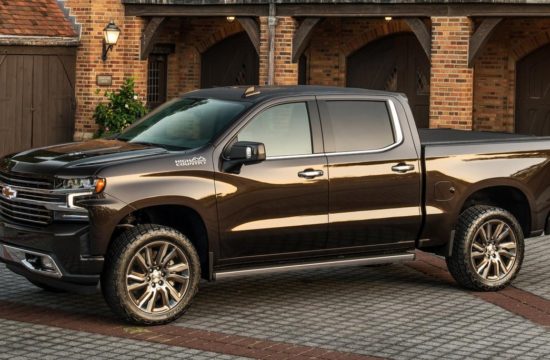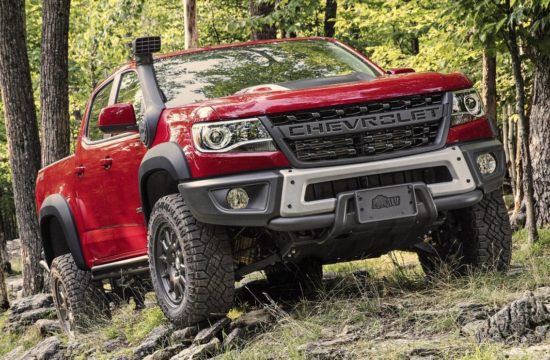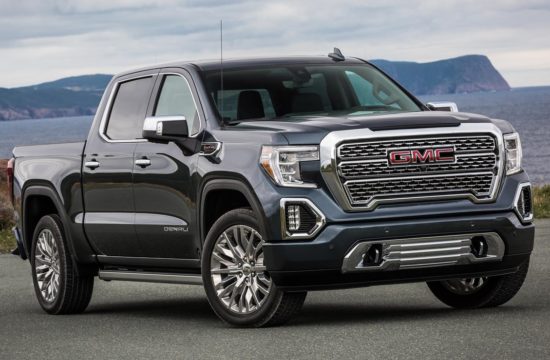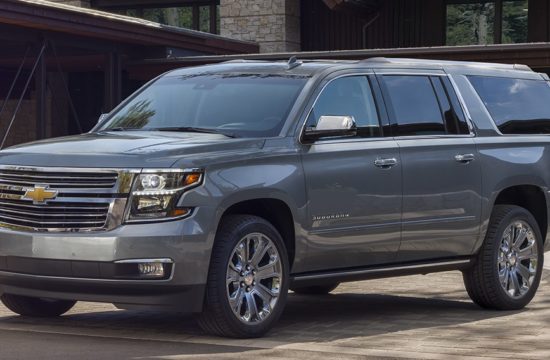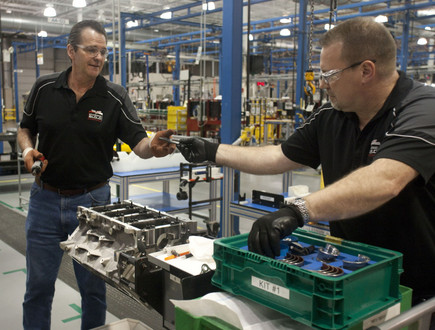
That is right. General Motors, Chevrolet to be more precise, has built its 100th million small-block engine in 56 years.
It is a very nice coincident that the 100th million milestone is achieved in the same month that Chevy is celebrating its 100th anniversary. Introduced in 1955, the small-block engine has been used in GM vehicles around the world and is currently found in global Chevrolet, GMC and Cadillac vehicles, as well as Vauxhall in the United Kingdom and Holden in Australia.
This engine practically ran the whole of GM.
The milestone engine is a LS9 crate 638-hp unit for the Corvette ZR1, hand-built at GM’s Performance Build Center, northwest of Detroit. Current small blocks engines feature all-aluminum cylinder block and heads in car and many truck applications to help save weight and contribute to greater fuel economy.
The fifth-generation small-block is currently under development and will feature a new direct-injection combustion system that will help enhance efficiency over the current-generation engine. The current LS3 units are not that bad in terms of economy either, considering their size and superb performance.

Now, here’s some history lesson for you:
In the beginning
GM didn’t invent the V-8 engine, but interpreted it in a way that made performance accessible to millions of new customers. It got its start in the years following World War II, after Chief Engineer Ed Cole transferred to Chevrolet from Cadillac, where he oversaw the development of its premium V-8 engine.
Cole’s team retained the basic overhead valve design that was a staple of Chevrolet’s inline-six engine – affectionately called the Stovebolt. It was seen as one of the Chevrolet car line’s selling points, reinforcing a message of simplicity and reliability. Cole challenged his engineers to tighten the new engine package to make it more compact, less costly and easier to manufacture.
Upon its debut in the 1955 Chevy lineup, the new V-8 engine was physically smaller, 50 pounds lighter and more powerful than the Stovebolt six. It was not only a better engine for Chevrolet cars, it represented a better way of building engines, with a minimalist design that took advantage of streamlined production techniques.
After only two years on the market, the small-block began a steady march upward in displacement, power and technological advancement. In 1957, a version equipped with mechanical fuel injection was introduced, dubbed Ramjet. The only other high-volume manufacturer to offer fuel injection at the time was Mercedes-Benz.
Mechanical fuel injection was discontinued in the mid-Sixties, but the small-block debuted electronically controlled fuel injection in the 1980s and established a benchmark with the 1985 launch of Tuned Port Injection. This electronically controlled port fuel injection system was advanced in its day and its basic design is still used on most passenger cars and light-duty trucks more than 25 years later.
The small-block’s 4.4-inch bore centers – the distance from the center of one cylinder to the next – would come to symbolize the compact, balanced performance of the small-block. It was the dimension around which the Gen III small-block was designed in 1997. In 2011, the small-block is in its fourth generation, powering Chevrolet’s full-size trucks, SUVs and vans, midsize trucks and the Camaro and Corvette performance cars.
The first 4.3L (265 cu. in.) engine in 1955 produced up to 195 hp with an optional four-barrel carburetor. Today, the LS9 6.2L (376 cu. in.) supercharged small-block in the Corvette ZR1 is rated at 638 hp (476 kW), making it the most powerful engine ever installed in a regular-production Chevrolet or GM vehicle.

